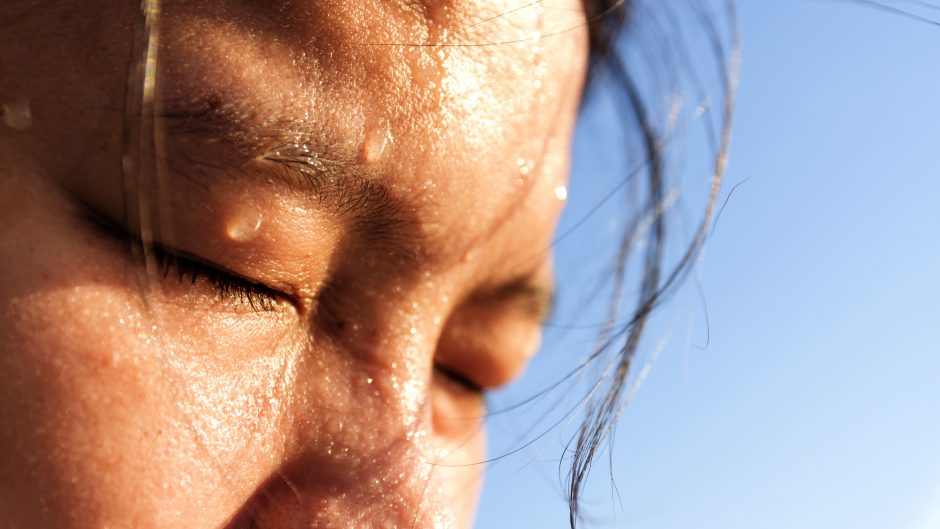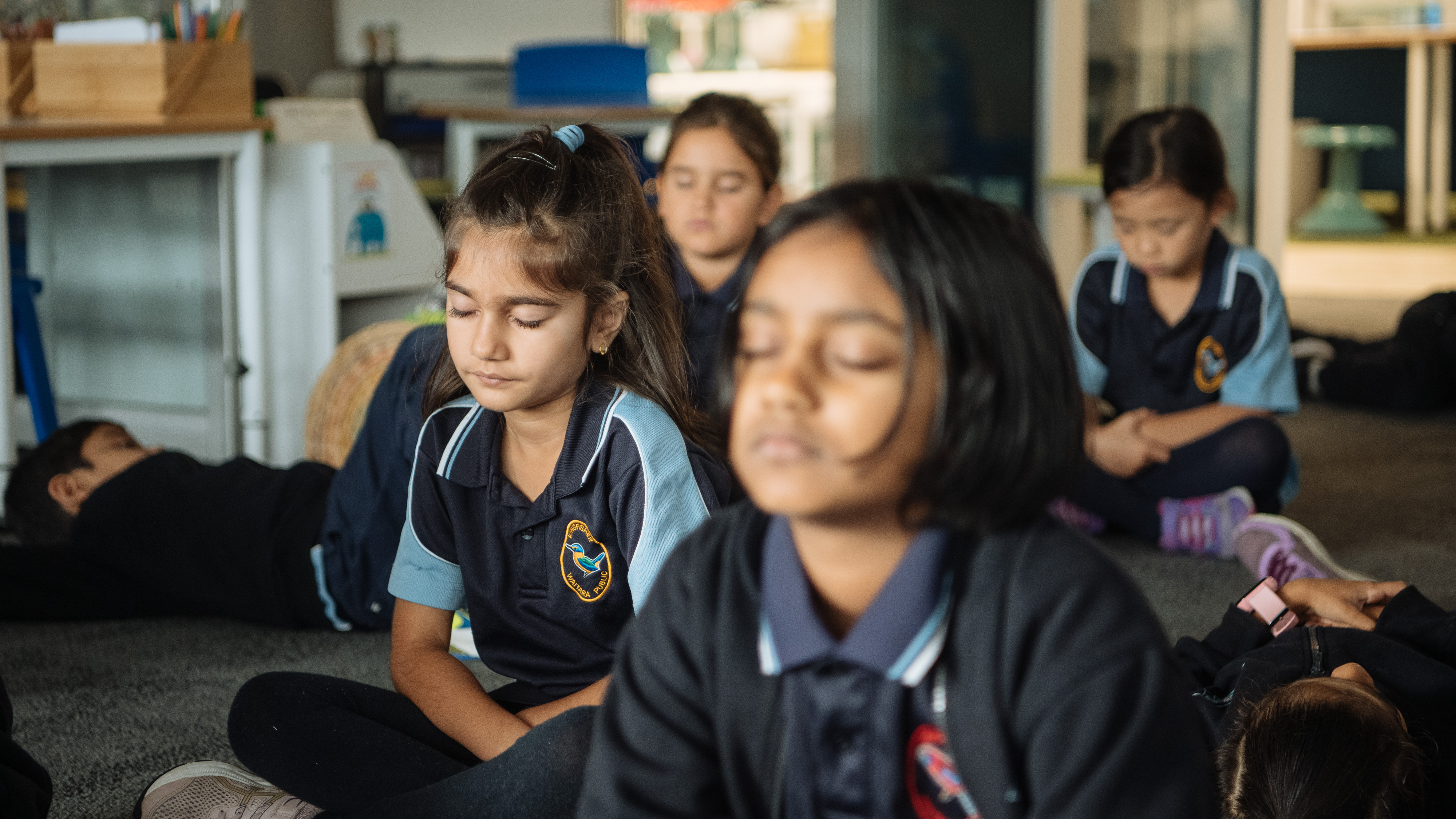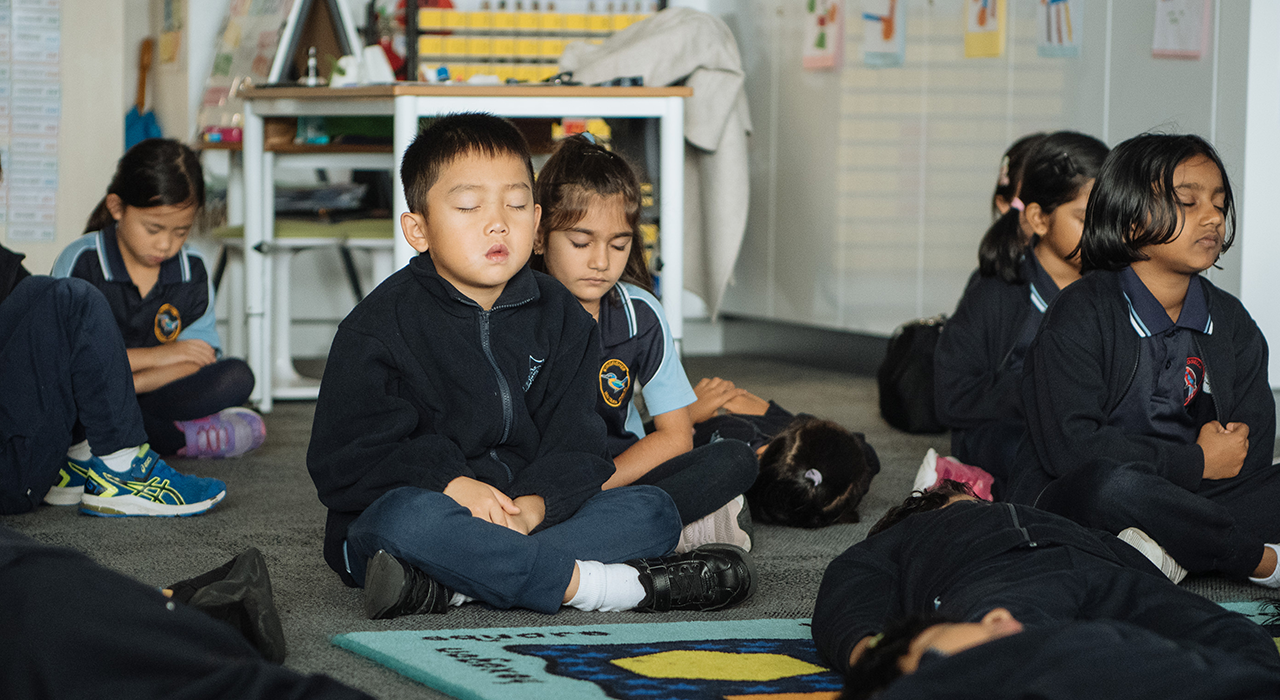When we get stressed or upset our body tenses up as a result of the fight or flight response being triggered. The fight or flight response, also known as the acute stress response, is a remarkable inbuilt survival mechanism that kept our ancestors alive and able to pass on their genes. It’s the reason why we are here today!
The fight-or-flight response is a physiological reaction that occurs when we feel threatened, either physically (e.g. encountering an aggressive dog) or psychologically (e.g. preparing to give a speech). The term 'fight-or-flight' represents the choices that our ancestors had when they encountered danger in their environment - they could either stay and fight or get away from the threat as fast as possible. In both cases, the body prepares to react to danger.

Here are some of the physiological changes that occur when the fight or flight response is activated:
- Release of adrenaline which signals the organs to prepare for action;
- Large muscles tense in preparation for action, this can result in trembling;
- Rapid heart rate and increased blood pressure increasing blood flow to the major muscles;
- Rapid, shallow breathing as lungs take in as much oxygen as possible;
- Reduced activity in the digestive system (dry mouth, feeling sick in stomach) to conserve energy needed to flight or flee;
- Bladder muscles relax (can have an urge to urinate) in preparation to drop extra weight in preparation for fleeing;
- Perspiration, cools the body in anticipation of the heat that will be generated by fighting or fleeing;
- Pale or flushed skin: blood flow to the surface areas of the body is reduced and flow to the muscles, brain, legs, and arms is increased. You might become pale, or your face may alternate between pale and flushed as blood rushes to your head and brain.
- Blood clotting ability increases in order to prevent excess blood loss in the event of injury.
- Hyper-vigilance - pupils dilate to take in more light and lens change shape to scan the environment for danger; become hypersensitive to sound;
- Racing thoughts, tendency toward considering the ‘worst case scenario’.
You can probably think of a time when you experienced the fight-or-flight response. In the face of something frightening, your heartbeat quickened, you began breathing faster, and your entire body became tense.
By priming the body for action, the fight or flight response prepares us to perform under pressure. The stress created by the situation can actually be helpful, making it more likely that you will cope effectively with the threat. This type of stress can help you perform better in situations where you are under pressure to do well, such as at work or school.
In cases where the threat is life-threatening, the fight-or-flight response can actually play a critical role in your survival. By gearing you up to fight or flee, the fight-or-flight response makes it more likely that you will survive the danger.
![]()
However, the fight or flight response can also be activated in response to perceived threats where there is no actual danger and it can remain activated for longer periods than it was originally designed for. The physical changes that occur when the fight or flight response is activated feel uncomfortable because we are not designed to remain in this state for long periods. It is designed to help us deal with the threat and return to our baseline state.
Understanding that the fight-or-flight response is a natural survival response that is not always well matched to our modern threats can help us cope with such situations. When you notice that you are becoming tense, you can start looking for ways to calm down and relax your body.
You could try:
- Observing and labelling silently in your mind what you are noticing in your body and reminding yourself that this is the fight or flight kicking into gear preparing you for action;
- If you notice your breathing has become fast and shallow encourage your exhalation to become longer than your inhalation. Try imposing the following rhythm on your breath: breathe in for 3 counts, hold for 2 counts, and breathe out for 4 - 5 counts.
- Do some form of activity to help release the build up of energy in your body. This could be walking, running, cycling, dancing or a form of mindful movement such as yoga or qigong.
Understanding that the fight-or-flight response is a natural reaction to stress can help you fear it less and find ways to actively de-activate it.
Want to learn more? Check out our Stress Management Workshop here.









.jpg)





